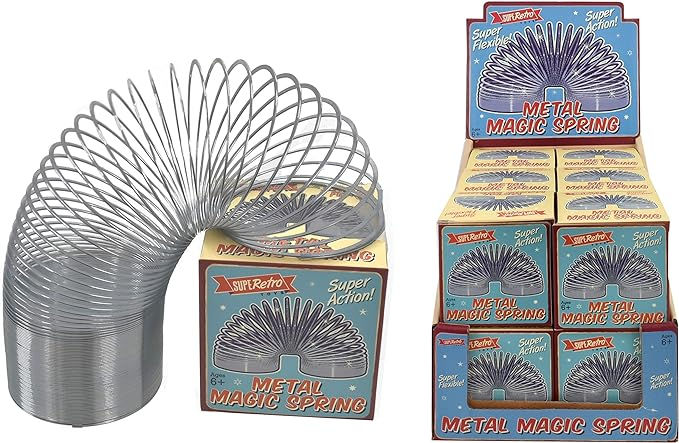While there are many resources available to teach phonics, hands-on resources can be particularly effective. One major advantage is that they engage multiple senses, making learning to blend and segment much more fun and memorable. When children can see, touch, and hear the sounds they are learning, they are more likely to remember them. Additionally, hands-on phonics resources are great for children with SEN. So, what are some examples of hands-on phonics resources? Here are a few ideas:
1. Colour-coded phonics magnetic letters
These magnetic letters can be used to create words, allowing children to see and manipulate the sounds and letters in a tactile way. The fact the resource is colour-coded, helps children to identify the different graphemes (letters or groups of letters which represent a sound) in a word.
2. Lowercase lacing alphabet
By segmenting and spelling words with this alphabet lacing activity, your child also gets the opportunity to improve their fine motor skills while practising phonics. The resource is useful for reluctant writers or hands-on learners, as they can actually feel the shape of each letter. This particular set is great, as the letters are all lowercarse, whereas some sets only inlcude upper case letters.
3. Sight word bingo
This phonics game supports words from phases two and three of the Letters & Sounds framework, making it ideal for children of Reception age. Tricky words are highlighted to remind them that they can’t sound out these words phonetically. There are two levels of play - one helps children recognise sight words and the other helps to identify sight words in a caption.
4. Word building blocks
These twisty letter blocks can be used to create words, again allowing your child to see and manipulate sounds and letters in a hands-on way. New readers will learn how to read and rhyme with these CVC word builder blocks. This phonics resource is perfect for 4-5 year olds, who are just learning to blend and segment. There are differentiated flashcards included with the product too, with just a picture on one side, and a picture and word on the other side.
5. Phonics word building rods
A great phonics resource that helps children build advanced word segmenting and blending skills. Your child will use the colour-coded blocks featuring upper and lowercase consonants, vowels, digraphs and affixes to build words as they practise their phonics skills. This resource is suited to 5-7 year olds, or older children who need some extra phonics practice.
6. Slinky
A slinky is a fun and affordable phonics resource! It's ideal for helping children to learn to segment to spell words. As they stretch the slinky, they should also stretch the word that they want to spell, saying each of the sounds out loud. A slinky is a useful resource for helping those children struggling to isolate sounds in words.
7. Spy pens
What better way to practise spelling regular or irregular phonics words, than with a spy pen! Far more engaging than writing words with a pencil! Children write the word with invisible ink and then they or a friend can check it with the magic UV light. If you don't have the money for spy pens, use a white crayon and some watercolour paints instead!
8. Phonics flip charts
This phonics flip chart resource is useful as you can differentiate your teaching accordingly. One side has short vowel sounds (a, e, i, o, u) and the other has long vowel sounds, plus consonant digraphs (two letters to make one sound). You could use a 3-ring binder and some card to make your own flip chart!
9. Fly swatters
You can use fly swatters to create games to include phonics concepts, making learning fun for your child. How about Splat the Sound or Swat the Tricky Word? All you need are some flashcards and a set of fly swatters! Call out a sound or a word and ask your child to spot and splat! You might even decide to make your own fly-shaped phonics flashcards!
10. LCD writing tablet
Using a writing tablet is another engaging way to practise writing graphemes, words and sentences during phonics lessons at home. It saves on paper and children can quickly delete any mistakes. If you don't have a writing tablet, children can type on an old keyboard or write on a whiteboard or chalk board instead.
As you can see, incorporating hands-on phonics resources into your learning at home doesn't have to be complicated. With a little creativity, you can create engaging and effective learning experiences for your child. By making phonics interactive and fun, you'll be helping to build a strong foundation for reading and writing success!
*As an Amazon associate, I earn from qualifying purchases.
What next?
Take a look at the following blog posts:
Check out the following books:
Find engaging phonics downloads in my shop:













Comments